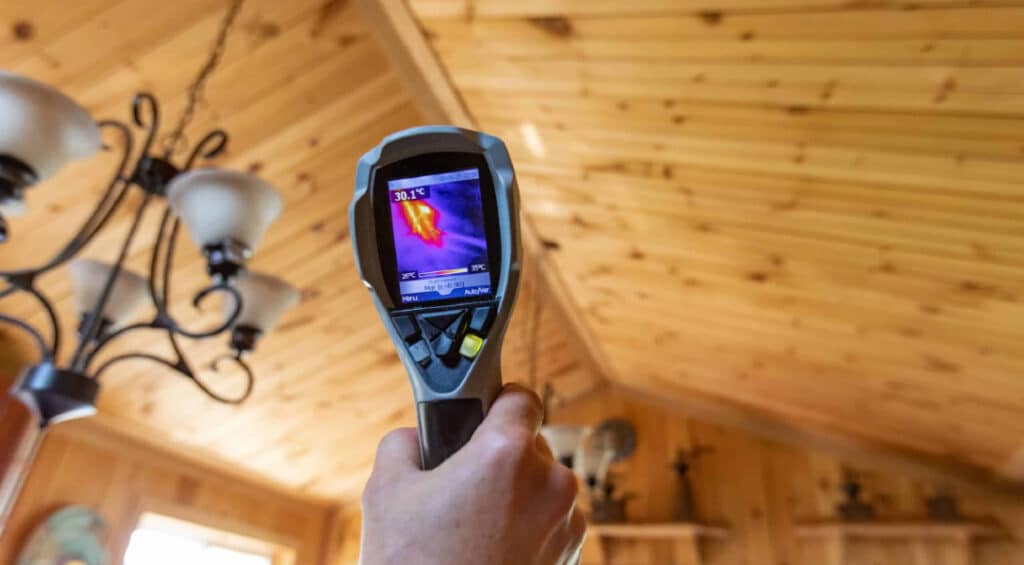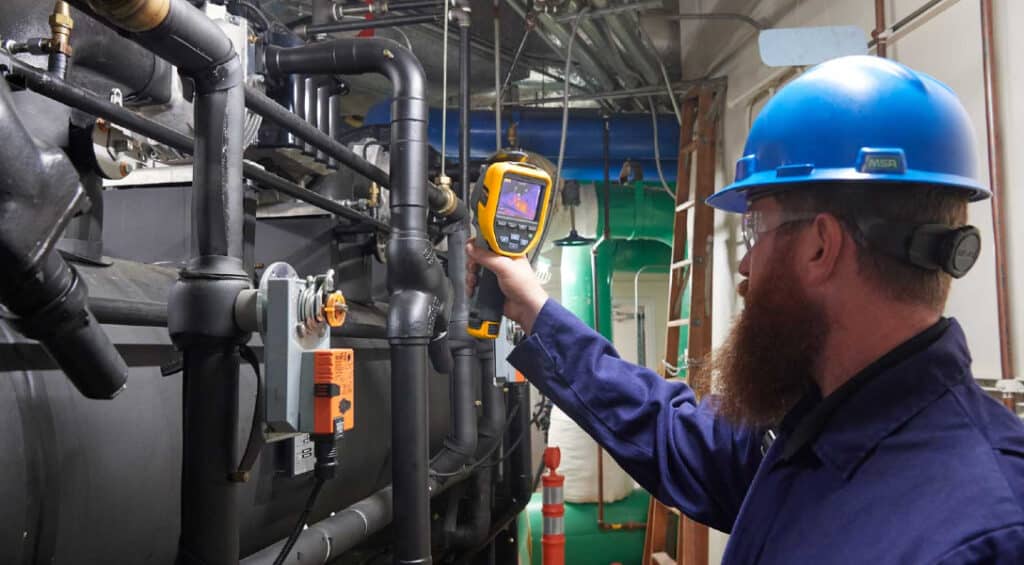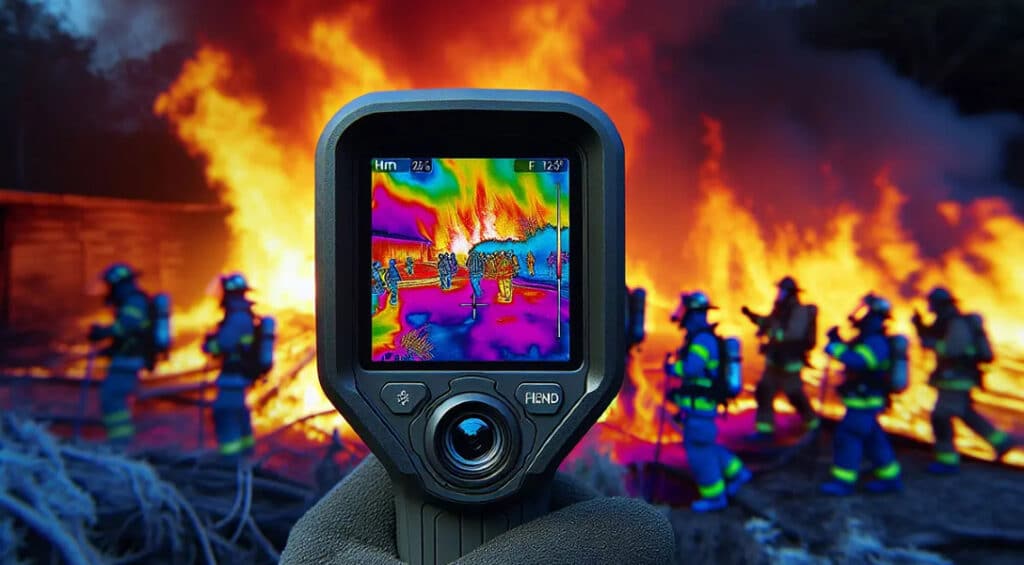Thermal cameras, also referred to as infrared cameras, are superior imaging gadgets that stumble on and visualize infrared radiation (heat) emitted by items. They are applied across a wide variety of industries and packages due to their unique ability to see heat rather than visible light.
Thermal cameras in building inspections
In building inspections and upkeep, thermal cameras play an important function in identifying warmness loss, which allows house owners and construction managers to improve power efficiency and reduce heating and cooling expenses.

They also assist in discovering moisture intrusion and leaks within walls and ceilings, which is crucial for preventing mould and structural damage. Additionally, in electrical systems, thermal cameras can perceive overheating additives, loose connections, and potential faults, permitting proactive maintenance and enhancing protection by way of stopping electrical fires.
Thermal Imagery Camera in business settings
In business settings, thermal cameras are used for tracking equipment and gadgets to come across overheating, wear, and operational inefficiencies, thereby reducing downtime and extending the lifespan of the system.

They additionally useful resources in manner optimization by using tracking production strategies, consisting of temperature versions in furnaces and kilns, ensuring exceptional consistency. Moreover, they make a contribution to protection inspections by means of figuring out warm spots and capability heart risks in factories and vegetation.
Infrared camera in security
In security and surveillance, thermal cameras are employed for intruder detection and perimeter monitoring. Their potential to see via darkness, fog, and smoke makes them powerful for detecting unauthorized access all through nighttime or in low-visibility conditions.

They are also useful in search and rescue operations, helping responders locate individuals misplaced or trapped in dark or obstructed environments by detecting their heat signatures via dense plants, rubble, or smoke.
Thermals for firefighting
Firefighters use thermal cameras to peer through smoke, identify the area of fires, locate warm spots, and determine blaze depth. This capability aids in effective fire suppression and safe navigation in unsafe conditions.

During hearth emergencies, thermal cameras also assist in locating folks who can be subconscious or trapped. In clinical and veterinary fields, thermal cameras are utilized for diagnostics by detecting extraordinary temperature styles associated with conditions consisting of infection, poor blood circulation, and tumours.
This non-invasive approach offers essential records for tracking and diagnosing health problems. Veterinarians use thermal cameras to assess the health of animals, detecting irritation, accidents, or adjustments in body temperature that would suggest health troubles. For research and improvement, thermal cameras are used in medical studies to examine warmth styles and temperature distribution in substances and tactics.
They help understand phenomena like warmth transfer and thermal conductivity.
Thermal cameras for product checking
In product checking out, thermal imaging is used to assess the thermal overall performance of the latest merchandise, inclusive of electronics and substances, making sure they meet safety and performance standards.
In environmental tracking, thermal cameras assist researchers in looking at the natural world, in particular nocturnal and elusive species, without demanding their natural behaviour. They help in studying animal conduct, populace dynamics, and habitat use.
Other applications of thermal imaging
Additionally, thermal cameras contribute to climate studies by measuring temperature versions in herbal habitats, helping scientists understand weather alternate effects and environmental situations.
Overall, thermal cameras are versatile equipment that provides precious insights throughout various fields. Their ability to visualise heat rather than light permits them to expose critical records approximately structures, tactics, and environments, making them critical for several jobs.
